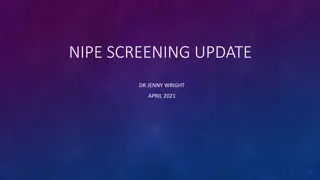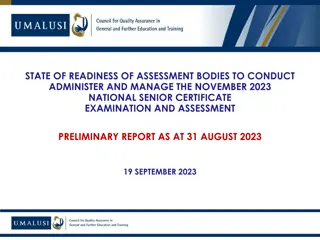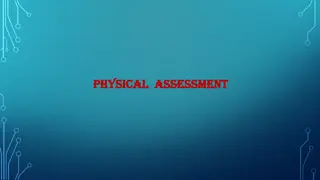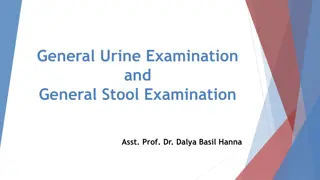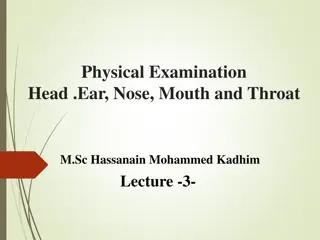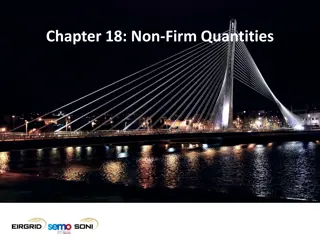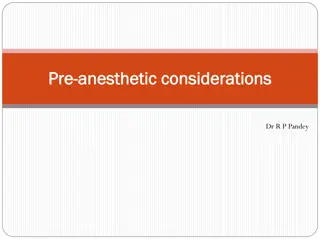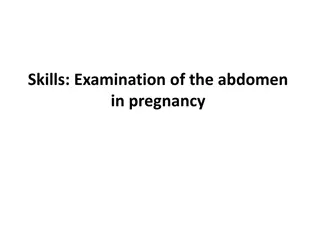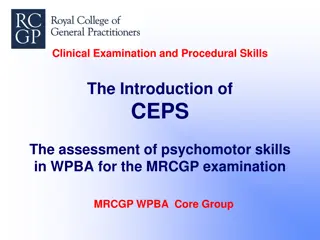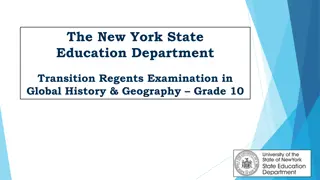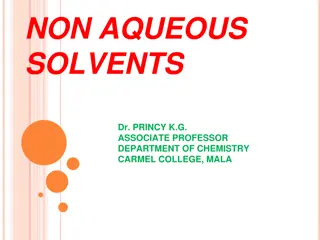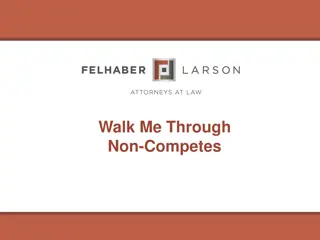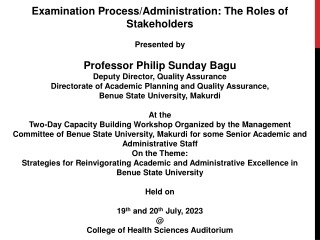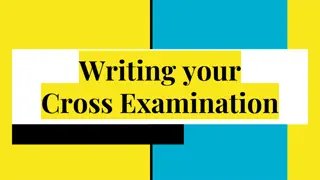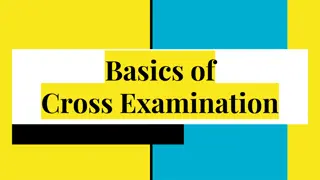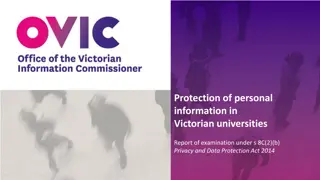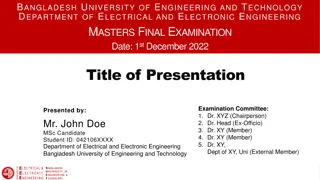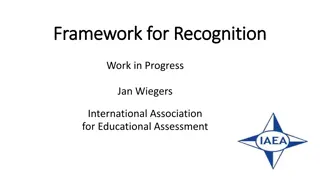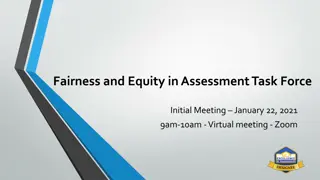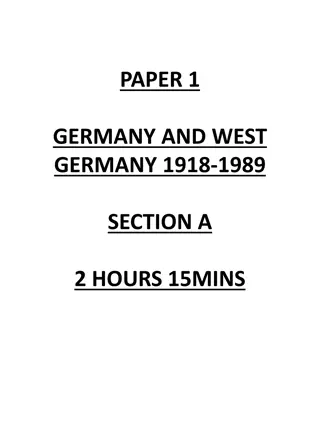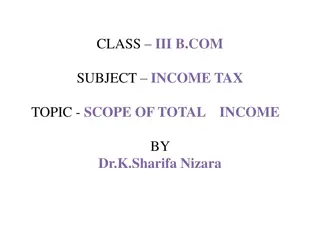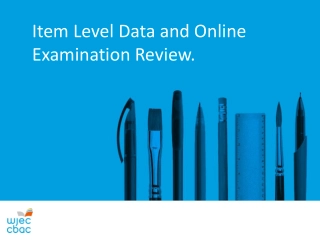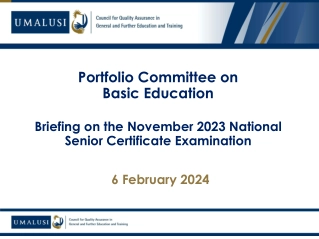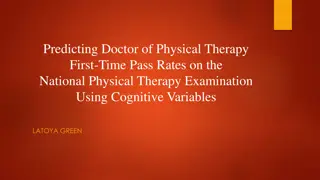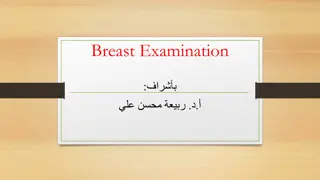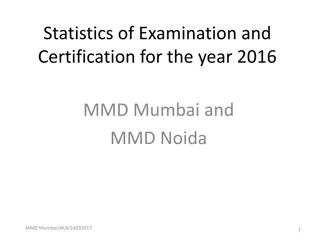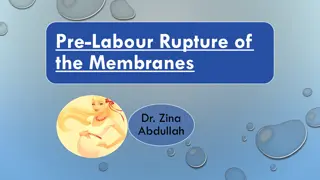Unit 4: Non-Examination Assessment Overview
The Unit 4 Non-Examination Assessment from 2017 focuses on working as a historian, with tasks including source evaluation and discussion of different historical interpretations. The assessment is marked out of 40 and is worth 20% of the qualification. It assesses knowledge, understanding, source analysis, and interpretation skills related to historical events and periods. Moderators look for characteristics like coherence, integration of source analysis with answers, clear explanations of interpretations, and appropriate source selection.
Download Presentation

Please find below an Image/Link to download the presentation.
The content on the website is provided AS IS for your information and personal use only. It may not be sold, licensed, or shared on other websites without obtaining consent from the author. Download presentation by click this link. If you encounter any issues during the download, it is possible that the publisher has removed the file from their server.
E N D
Presentation Transcript
Unit 4: Non-Examination Assessment from 2017
Non-Examination Assessment from 2017 Unit 4:Working as an historian The non-examination assessment involves completing under strictly controlled conditions two separate tasks: Part (A) Source evaluation within an historical narrative Part (B) Discussion of different interpretations of history
Non-Examination Assessment from 2017 Unit 4:Working as an historian The non-examination assessment is marked out of 40 and worth 20% of the qualification as a whole: Part (a) Source evaluation within an historical narrative 14 marks Part (b) Discussion of different interpretations of history 26 marks
Assessment Objectives Demonstrate knowledge and understanding of the key features and characteristics of the periods studied. AO1 Explain and analyse historical events and periods studied using second-order historical concepts. AO2 Analyse, evaluate and use sources (contemporary to the period) to make substantiated judgements, in the context of historical events studied. AO3 Analyse, evaluate and make substantiated judgements about interpretations (including how and why interpretations may differ) in the context of historical events studied. AO4
Characteristics that Moderators look for in answers
Part (a) The work is a coherent piece of prose where source analysis is integrated with the answer to the question. Source selection is appropriate for the question (FOUR sources). Sources are not considered in isolation but are evaluated in the context of the question: e.g. candidates explain what a source is useful/reliable for. Conclusions are clear, answering the question with reference to the evidence.
Part (b) The given interpretations are clearly explained. Source selection is appropriate in that it includes sources that facilitate discussion of the interpretation(s) (6 sources in total, 3 each side of the debate). Effective answers begin with the view of an historian and then examine the sources he or she might have used to come to that interpretation. Source attributions are analysed in the context of the interpretation. A judgement on the question is clearly made and supported.
Both parts Historical knowledge is used appropriately but does not drift into lengthy narrative. Time and space is not wasted with extensive quotation from sources or unnecessary debate about, for example, primary/secondary differences.
Marking The Bands awarded are for the whole piece, so decide at the end. Pinpoint the Band via use of the marking checklist; get the actual mark by assessing best fit within that Band. To be awarded a band, the candidate should have sustained it. A single clear Band 4 statement, for example, does not often indicate Band 4 overall. Do not credit mistakes, either historical or evidential.
Common errors for candidates to avoid: Use of sources for information only Source evaluation through content only Erroneous evaluation Erroneous evaluation used to back up an argument or Relying uncritically on sources correctly assessed as unreliable Source evaluation not integrated with answer to the question Treating part (b) as solely a source exercise to the detriment of interpretations Attributions ignored Questions not answered, and little or no judgement shown
Common errors for markers to avoid: High Bands awarded for the whole piece when bands demonstrated only once Accurately assessing the Band then automatically awarding top mark Halo effect and its opposite
Whats unchanged 1.Centres NEA needs WJEC Approval, therefore need to submit a proposal form. 2.Same process for submitting sample. 3.Still require evidence of internal moderation. 4.Still a controlled assessment.
Whats changed 1. Called Non-Examination Assessment [NEA] 2. Bands instead of levels. 3. Weighting now worth 20%. 4. Part (a) marked out of 14 and part (b) out of 26. 5. Part (a) Evaluate 4 contemporary sources. 6. Part (b) address 6 sources in total 3 in support/3 that challenge given interpretation. 7. Wording of (a) to read showing how. 8. Approved NEA exercises have a 3 year cycle.
GCSE in History Teachers Guide to Unit 4 Working as an historian: Non-Examination Assessment (NEA) Introduction Page 2 Practical Help 4 Task Setting 6 Task Taking Task Marking 11 13 Appendix 1: specific questions on part (a) 16 Appendix 2: specific questions on part (b) 19 Appendix 3: advice regarding assessment tasks and topics Appendix 4: generic marking schemes for non-examination assessment tasks 21 23 Appendix 5: marking checklist / cover sheet 26 Appendix 6: proposal forms for non-examination assessment titles 28






